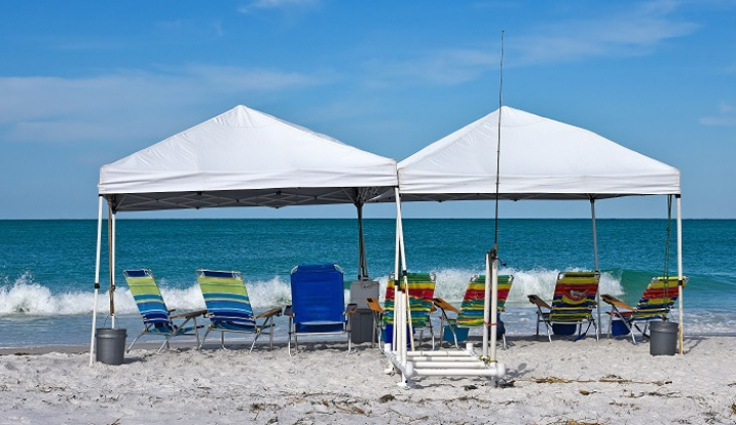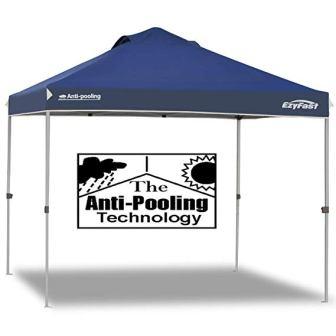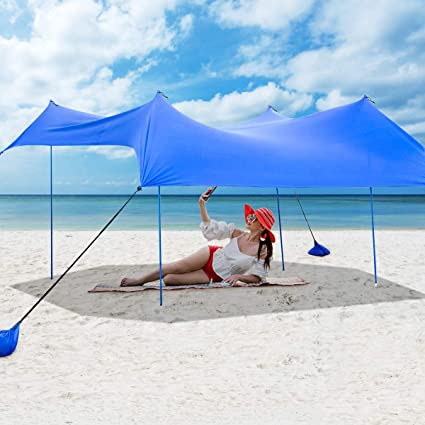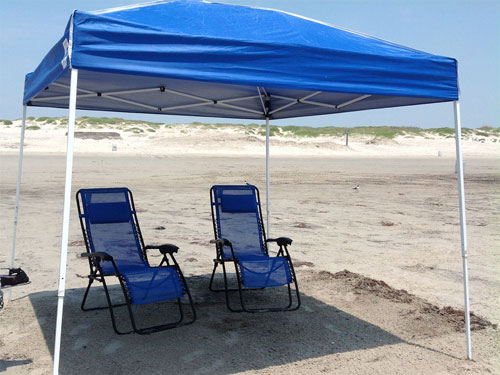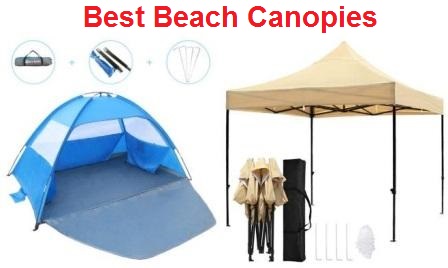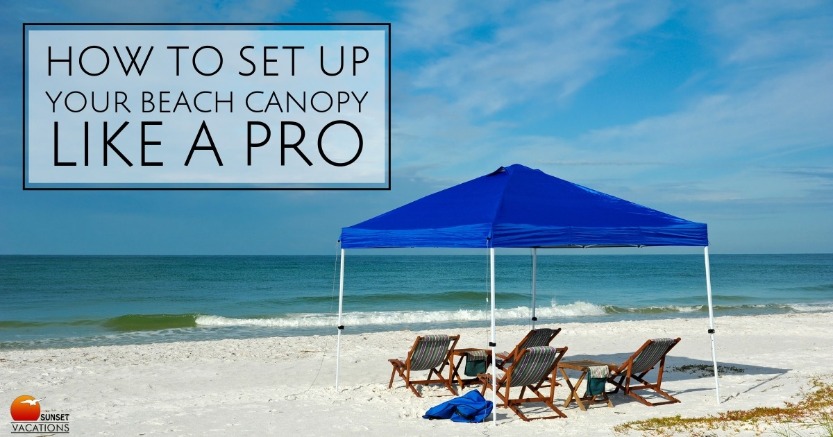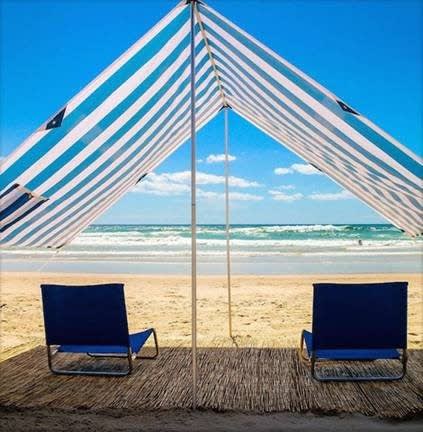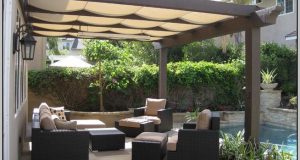Canopies are fabrics or lightweight materials that are held over something or hung from above to create cover or protection underneath. Beach covers are used on beaches for sitting, lying or relaxing. These canopies are available in different designs, colors and materials. The assessment of the roofs is based on the criteria of viability, durability, portability, wind resistance and ease of deployment. The size and shape of the canopy depends entirely on what you are using it for and how many people are in it. Dome tent with no sides or bottom and square tent with greater height on the edge and in the corners are the common canopies used on beaches.
The viability of a beach canopy is assessed based on the usable area, the height of the sky, the amount of shade offered and other features such as walls or panels. The removable side wall keeps wind and sun out and at the same time offers more privacy. Ease of installation of a canopy is equally important. There are shelters that take less than 3 minutes to unpack and that can be set up by one person. On a beach, the canopies have to withstand strong winds and sometimes light rain.
When it comes to the durability of a beach canopy, the mast construction, mast connection points and durability of the fabric are the most important factors. Last but not least, portability of a canopy is another important factor. Along with things like toys, towels, sun lotions, snacks, refrigerators, etc., wearing a bulky canopy is a burden and therefore the canopies should be easy to carry.
There are canopies available in the market today that come in light, cool and practical backpack bags. Depending on the number of people seeking protection in the canopy and how far the canopy needs to be transported, the size and shape of the canopy must be determined.
 beideo.com Home Decor Ideas
beideo.com Home Decor Ideas
